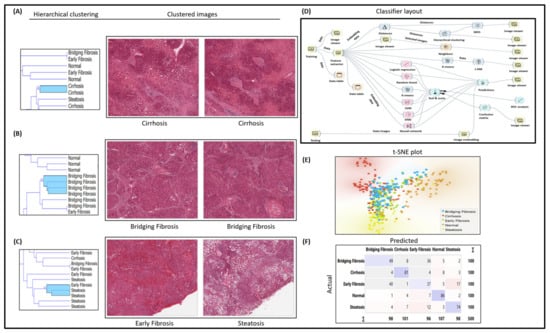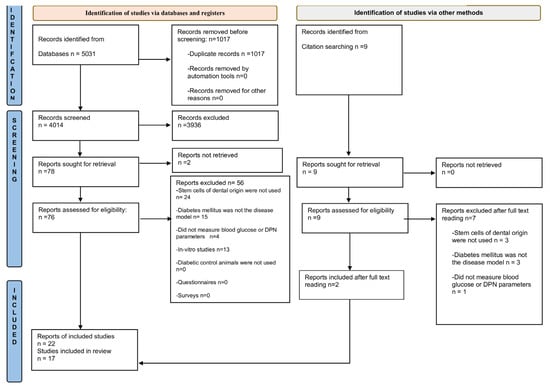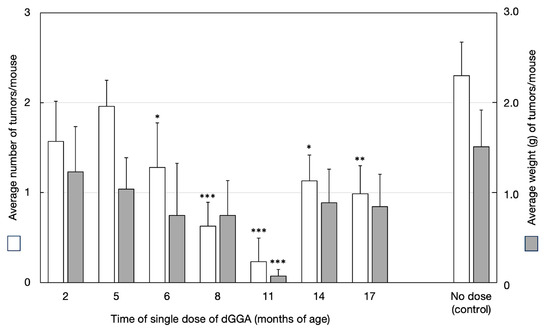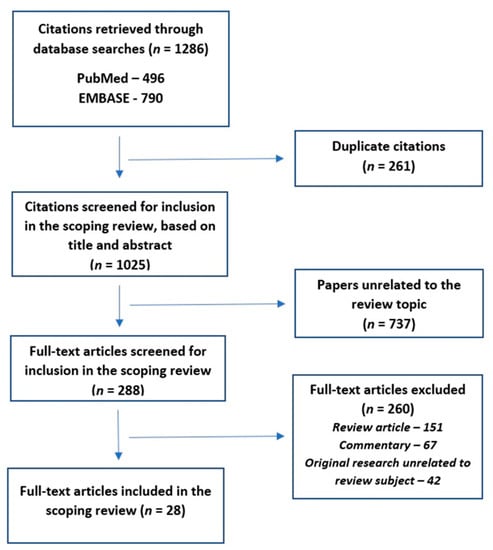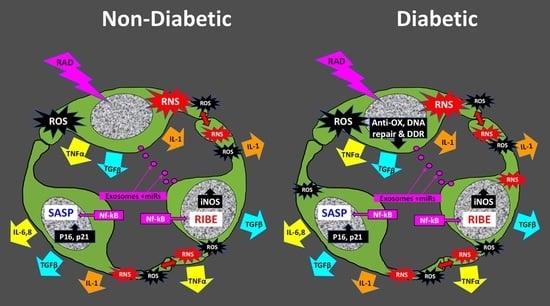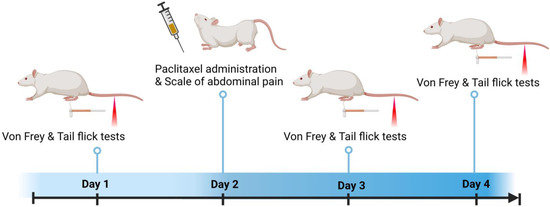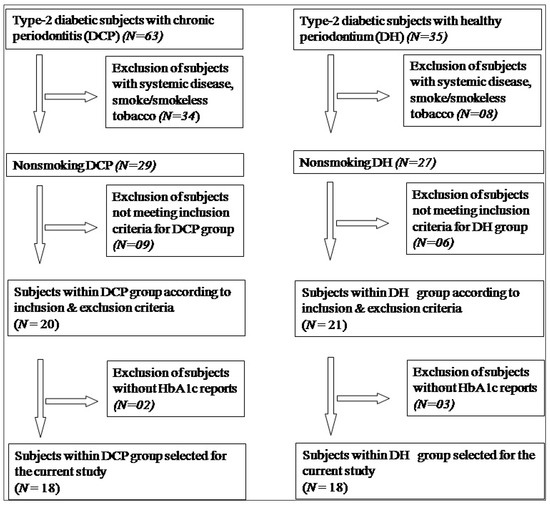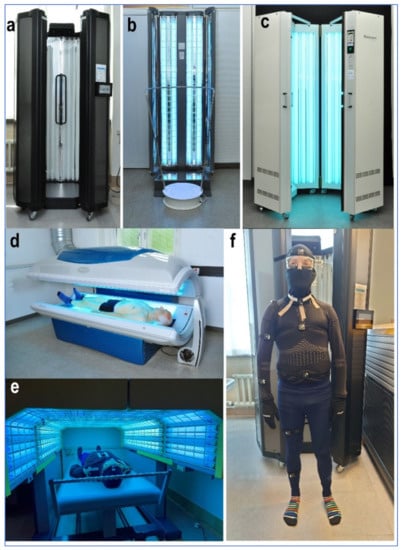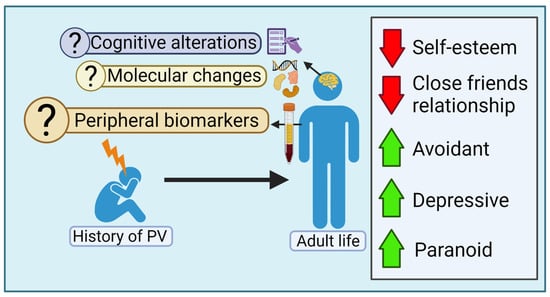Feature Papers in International Journal of Translational Medicine
A topical collection in International Journal of Translational Medicine (ISSN 2673-8937).
Viewed by 45955Editor
Interests: stem cells; tissue regeneration; cell therapy; vitrification
Special Issues, Collections and Topics in MDPI journals
Topical Collection Information
Dear Colleagues,
The Topical Collection entitled “Feature Papers in International Journal of Translational Medicine” aims to collect high-quality research articles, communications, and review articles in the cutting-edge field of translational medicine to provide space to those studies that start from a clinical question, address it by transitioning to the bench, and then translate the solution to the bedside. The topic collection includes, but is not limited to, the following topics: the clinical applicability of new biomaterials, biotechnologies, bioengineering, biomarkers, diagnostics, omics science, molecular medicine, bioinformatics, immunology, molecular imaging, drug discovery and development, population health, infectious disease, gene therapy, stem cells, cancer, cancer stem cells, and cardiovascular disease. We encourage Editorial Board Members of this section of the International Journal of Translational Medicine to contribute feature papers that reflect the latest progress in their research field or to invite relevant experts and colleagues to do so.
Dr. Joan Oliva
Collection Editor
Manuscript Submission Information
Manuscripts should be submitted online at www.mdpi.com by registering and logging in to this website. Once you are registered, click here to go to the submission form. Manuscripts can be submitted until the deadline. All submissions that pass pre-check are peer-reviewed. Accepted papers will be published continuously in the journal (as soon as accepted) and will be listed together on the collection website. Research articles, review articles as well as short communications are invited. For planned papers, a title and short abstract (about 100 words) can be sent to the Editorial Office for announcement on this website.
Submitted manuscripts should not have been published previously, nor be under consideration for publication elsewhere (except conference proceedings papers). All manuscripts are thoroughly refereed through a single-blind peer-review process. A guide for authors and other relevant information for submission of manuscripts is available on the Instructions for Authors page. International Journal of Translational Medicine is an international peer-reviewed open access quarterly journal published by MDPI.
Please visit the Instructions for Authors page before submitting a manuscript. The Article Processing Charge (APC) for publication in this open access journal is 1000 CHF (Swiss Francs). Submitted papers should be well formatted and use good English. Authors may use MDPI's English editing service prior to publication or during author revisions.







